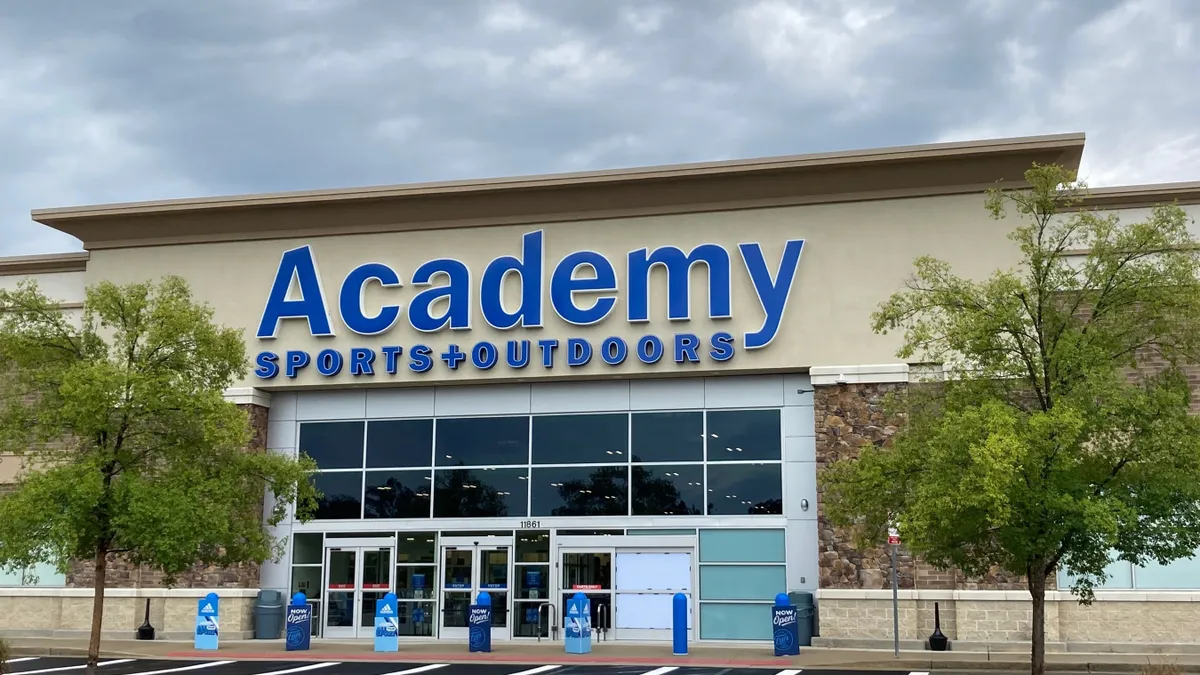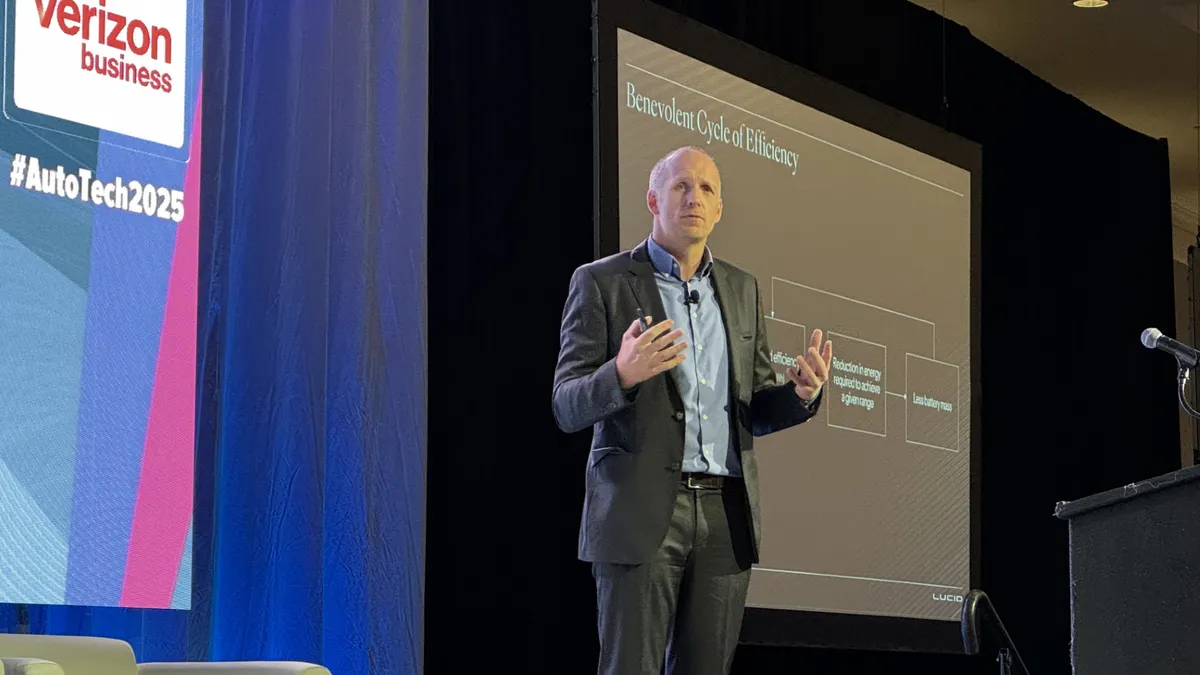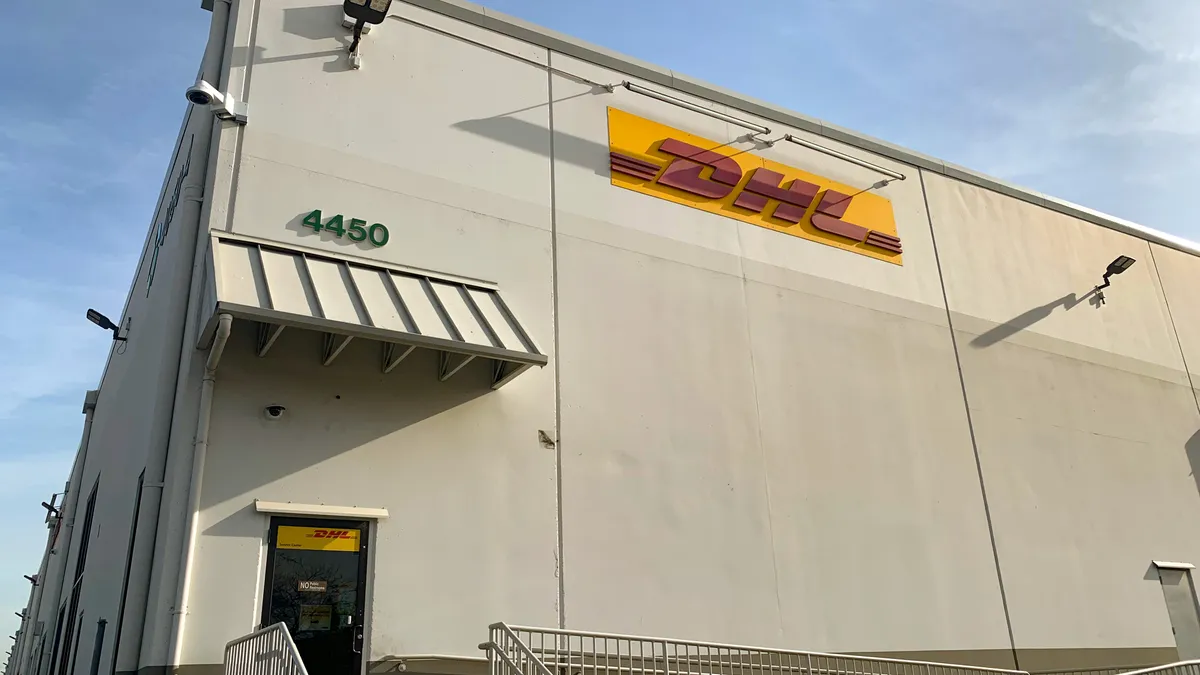Succession plans can be short or long term, some with a financial aspect but mostly organizational.
A family-run company may retain ownership while turning over operations to the general manager or other valued employee. An owner may find a buyer for the business and hope to maintain existing sales relationships. Other companies may look at an employee stock ownership plan and a longer path to changes in leadership. And in some cases, owners may just close their doors as part of their plan.
All offer varying levels of risk to be identified and addressed by the buyer.
The lack of succession planning is a primary concern for one segment of our critical supply chain. I worry about small, privately owned shops, family-owned distributors and those three-person providers that we all have come to depend on for excellent service.
We are comfortable with these high-performing and personable suppliers, and they are an important part of our supply base. The relationships are long term and tend toward friendship. Perhaps we have come to depend on them too much. And they, on us.
I worry about small, privately owned shops, family-owned distributors and those three-person providers that we all have come to depend on for excellent service.

But supplier disruptions can happen almost overnight. I’ve had suppliers who tragically ended their lives, received a large inheritance and immediately shut down the business, had to address a medical emergency, needed to take care of a sick or elderly family member, or just got tired with cold and snowy New England winters and caught a flight to Key West, Florida.
As a buyer I was left with a sourcing nightmare, but one that I should have anticipated.
"We’ve grown old together," said one long-term supplier, lamenting that when we started doing business, we both had small children who are now starting their own families. "And so much for my succession plan. I assumed my kids wanted to take over the business, but they don’t." And it is these types of relationships that offer the most risk for the buyer.
There are some things a buyer can do to identify and offset some of the risk of supplier transitions.
Look for succession clues
The trappings of success often foreshadow changes. "Gus bought a bigger boat for his lake house, watch out," was both a joke and warning in my department.
It was not an indictment of Gus for being the successful owner of a local welding shop. It was an indicator that Gus was making a transition that would include more leisure time. And that change may impact the day-to-day management of his business. If Gus was spending more time at the lake, who was minding the shop?
Other clues are related to health and age. A nervous comment about a series of medical tests, anticipation of a hip or knee replacement, or the condition of a close family member might indicate a change in direction of a business.
Not every conversation with a supplier needs to be like a crime drama interrogation, but often the indicators of change are telegraphed to the buyer by a supplier, unwilling to fully divulge future plans but introducing uncertainty.
Have the succession conversation
Asking about succession and transition plans can be tricky, as it may force the supplier to reveal an uncomfortable truth. Many have no plans, or the plans have fallen through. They may joke that they plan to work forever, so there is nothing to worry about. But there is.
The supplier relationship is at risk, unless there is a well-thought plan for transition and the preservation of ongoing operations.
The supplier relationship is at risk, unless there is a well-thought plan for transition and the preservation of ongoing operations.

The buyer may begin the process of resourcing, which would have a negative financial impact on the supplier — revenue the supplier might have been counting on to fund retirement. That is where those friendly conversations can get sticky.
It is not the supplier’s responsibility to share their succession plans with the buyer. But the buyer is negligent if they do not address this issue with the supplier and make it part of ongoing risk profiles.
Encourage succession planning
Succession and transition issues are not limited to mom-and-pop suppliers. Companies that want to grow may include succession planning as part of leadership development and strategic planning. They may identify high potential employees and institute mentoring and coaching programs to ensure long-term ongoing operations and additions to the management and leadership team, actually reducing risk.
This should be encouraged and supported by the buyer.
One last warning: Companies of all sizes are experiencing the potential brain drain of current and future retirements of essential employees as the Baby Boomers leave the workplace.
Those employees take years of experience and knowledge with them. Often, these retirements happen very quickly, creating an immediate void that is hard to fill. This is an ignored risk to the buyer and supplier alike.
This story was first published in our weekly newsletter, Supply Chain Dive: Procurement. Sign up here.





















